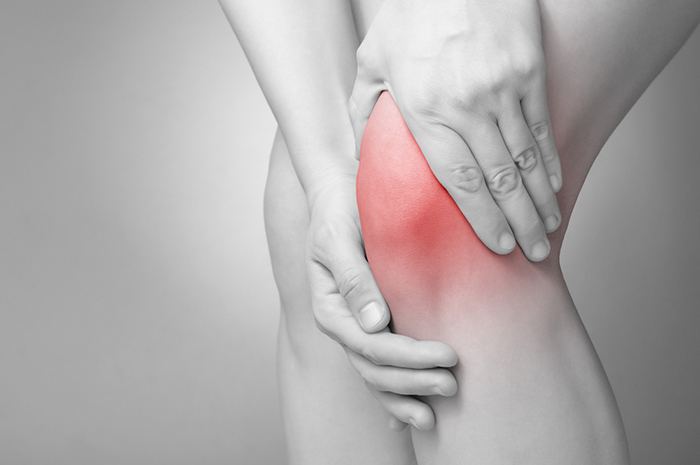One of the most common causes of hip pain is osteoarthritis, a degenerative form of arthritis that wears down the cartilage in the hip joint, causing pain, swelling and difficulty moving. Osteoarthritis can have a huge impact of your quality of life: making everyday activities like walking and gardening increasingly difficult. Luckily help is at hand, and we can now treat osteoarthritis more effectively than ever using the latest surgical techniques.
The hip joint is designed to allow for a wide range of movements, from sitting down to ambitious yoga poses. It’s also responsible for supporting the weight of your body and adjusting your posture, helping you to stay balanced (equally important for those yoga positions).
Our hip joints have an important job, so it’s easy to appreciate the impact that hip pain can have on day-to-day life. The most common source of this potential hip pain is arthritis, and in particular osteoarthritis. Sometimes referred to as ‘wear and tear’ arthritis, osteoarthritis gradually wears down the cartilage in your joint. This can cause the bones in the joint to rub together, resulting in pain, inflammation and stiffness.
There is no cure for osteoarthritis, but there are a number of different treatments for osteoarthritis. Medication can help to relieve pain and discomfort, while exercise and physiotherapy can be used to strengthen muscles and improve fitness. Surgery can also provide an effective solution if less-invasive measures fail to improve symptoms.
Arthroscopy
Arthroscopy is a type of keyhole surgery, which can effectively treat osteoarthritis by removing damaged cartilage. During the procedure a thin fibre optic scope allows us to see inside the joint to inspect the damage and decide on the best course of action. In most cases we will be able to provide treatment at the same time – avoiding the need for more invasive surgery in the future.
The benefits of arthroscopy over more complex operations such as a hip replacement include less swelling and discomfort, reduced scar tissue and a shorter recovery time. In most cases the procedure is carried out as a day case and you’ll be back to your usual activities within a week or two.
Hip replacement
A hip replacement is a highly effective treatment for osteoarthritis, which involves replacing a damaged arthritic hip joint with an artificial prosthesis. While this can sound intimidating, hip replacements have come a long way in recent years. The procedure can take just 60 minutes, and in some cases you can go home the next day.
Traditional hip replacements consist of a metal ball and a plastic socket, which over time can wear out as a result of the metal rubbing against the plastic. Newer ceramic hip replacements are designed to last longer and aim to provide you with the same freedom of movement as a natural hip. Most people find that following a hip replacement their symptoms are dramatically reduced and they’re able to enjoy their favourite pastimes once again.
Revision hip replacement
While hip replacements are now lasting longer than ever before, in time they can wear out and will need replacing. Metal-on-plastic hip replacements typically last 10-20 years, so if you have a hip replacement at a relatively young age, you may need more than one revision during your lifetime.
Revision hip surgery is a complex procedure, which requires more skill and expertise than a straightforward hip replacement. Sometimes the old hip implant will have loosened naturally, but in other cases it needs to be carefully removed, without causing unnecessary damage to the surrounding bone. It can take longer to recover from revision surgery, but in time you’ll be able to experience the same degree of freedom and movement afforded to you by your original hip replacement.






